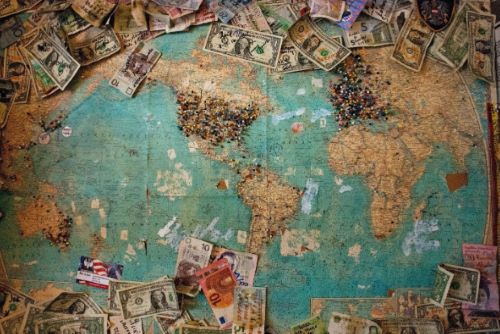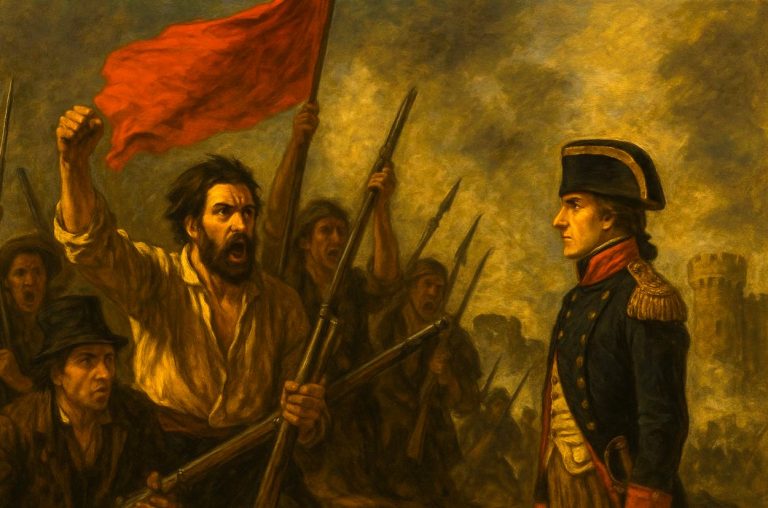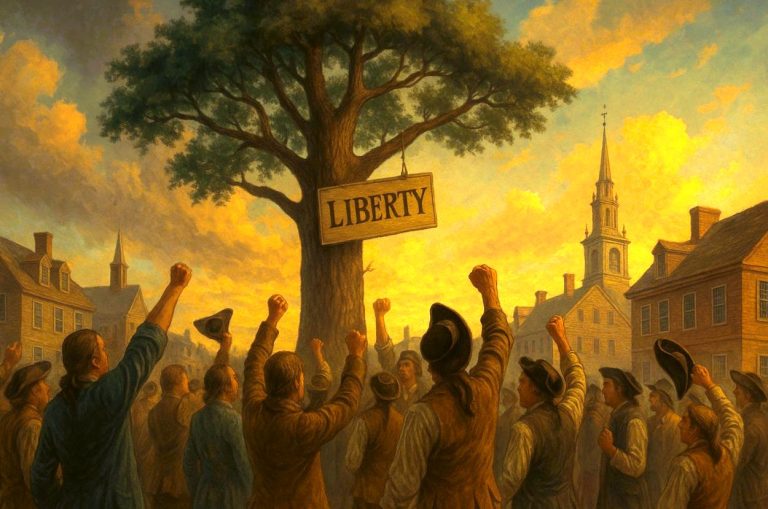

Money is indeed what makes the world go round and what helps us purchase all sorts of goods. However, not all people used the same money we are so familiar with today from the start, and things have changed a lot over the years. Thanks to technology, the financial environment has evolved hugely, paving the way for cryptocurrencies to capture people’s hearts worldwide. Bitcoin was the first cryptocurrency ever created, offering a solution to fiat money because it is a decentralized asset not controlled by a central authority, unlike fiat money.
This innovation has made the crypto ecosystem flourish, opening up many possibilities for people to look for exchanges where to buy Bitcoin and other altcoins. Over the years, individuals have used plenty of things to buy services and goods depending on geographical location. So, the value of money relies much on the importance people have offered them throughout history.
In this article, we will learn more about how money has been utilized over the years and how things have evolved so much that we can now pay with digital coins. Keep reading to discover more.
How did money evolve over the years?
Barter was the first way people considered when they wanted to have a product or a service. But because they didn’t have money in their literal meaning, they turned to other possibilities and offered certain goods for different products. Over the years, people have started to specialize in specific fields, making them exchange one product for another. For example, when human society changed from hunting at a larger scale to agriculture, people began to consider a multitude of liquid commodities as objects to trade. Examples of this kind include plant products or livestock. However, they had some limitations, which prevented them from representing the best medians of trade. The most important criterion is that agricultural products were perishable, so no one could keep some products like fruits and vegetables for a very long time because they didn’t last. At the same time, they weren’t divisible, so they couldn’t be traded for multiple items.
This made people need to turn to other things to consider money, and worldwide, salt, crafted stones, or seashells served as a way of exchange.
What are the most important moments in the history of money?
The creation of the first coins
Because trading goods had many limitations, people started thinking about other innovative ways to use money, and coins were one of the best ideas, as they were easier to carry around. China was at the forefront of introducing coins to exchange different products. After that, more nations worldwide started to create coins and see them as money, each country having a piece of metal with various symbols and designs that could also tell more about their origin and value.
Now, coins have helped plenty of historians find out more about an empire, along with details about kings, places, main events, dynasties, etc. The Persian Daric is one of the oldest coins worldwide. It was introduced by Darius I, having a simple design of a crowned king holding a spear and a bow. Another excellent example of an ancient coin is the Aegina Sea Turtle, used by the Greeks and issued on the island of Aegina. The coin’s design was very interesting because it showcased a sea turtle, one of the island’s most important symbols.
The switch to banknotes
Coins were a good form of money, but people wanted something else to optimize their commercial transactions. So, the Chinese merchants came up with the great idea of creating paper money that worked together with coins. After this, paper money also appeared in Europe. For example, in 1694, the Bank of England started to issue banknotes, where the chief cashier signed each. Still, in 1696, the government decided that they shouldn’t issue a banknote worth less than £50, and because of that, people didn’t really manage to use banknotes. Why? Because the average income was less than £20 per year.
Nowadays, almost every country has its own banknotes, each with a certain value. The U.S. dollar is one of the most popular currencies, established in 1913 as one of the most important forms of money to exchange worldwide. Other common banknotes worldwide are the Euro, the Japanese Yen, the British Pound, the Canadian Dollar, and the Australian Dollar, among others.
Welcoming a new era of virtual currencies
Indeed, banknotes were a huge innovation, but people also wanted an alternative to fiat money that wasn’t controlled by central authorities. They received that when cryptocurrencies were introduced in the game. Bitcoin was the first digital currency ever launched, changing things forever and making many people believe that cryptocurrencies can be the future of money. Cryptocurrencies are available only in electric form, and they function with the help of blockchain, a technology that has improved plenty of the shortcomings of central authorities’ platforms.
The benefits of virtual coins are that they offer lower transaction fees than fiat money and better borderless transactions. Cryptocurrencies can also be more secure, as they are created with the help of cryptographic hashes, which significantly improve the financial environment’s security. For those looking to buy Bitcoin, platforms like MoonPay make it simple and secure to get started with digital assets.
Bitcoin was created in 2009 by Satoshi Nakamoto. Although it initially attracted only a couple of tech enthusiasts, it later captured the attention of people worldwide. The creation of Bitcoin also opened the door for altcoins to emerge and try to steal the position of the crypto king.
Conclusion
Money has evolved hugely over the years, and it is fascinating to see how the financial landscape has improved. Things have changed so much that besides banknotes and coins, we can also use cryptocurrencies to buy products and other services.


